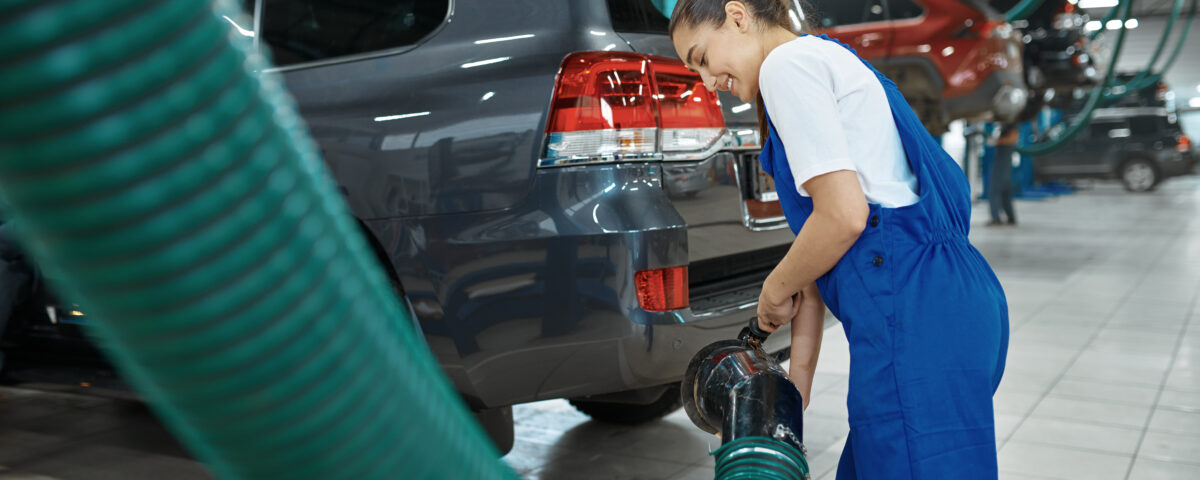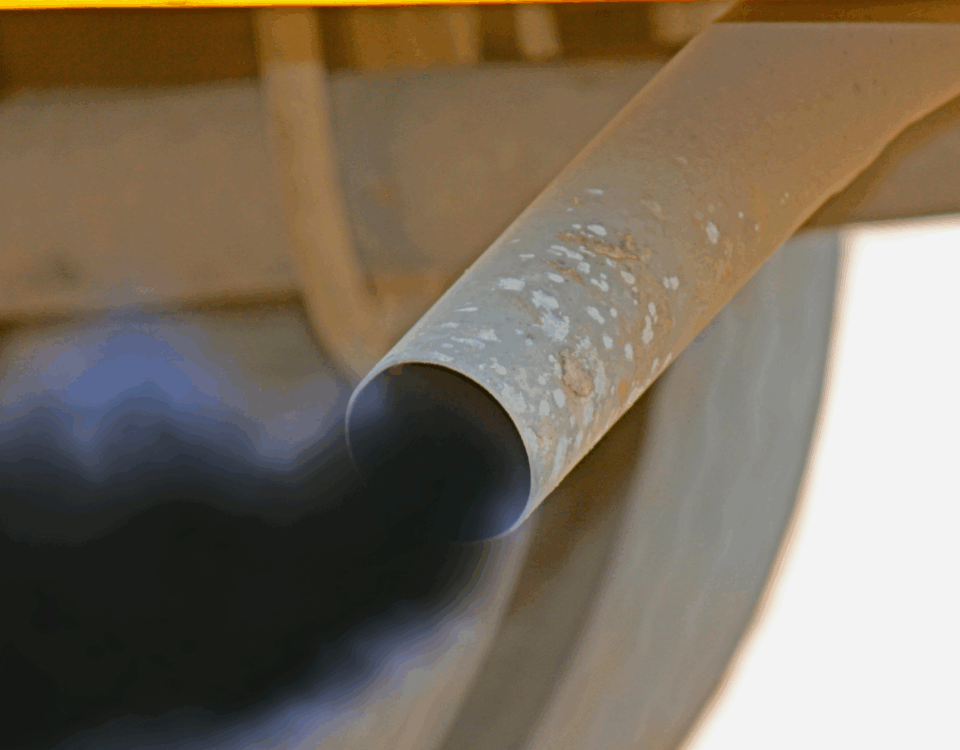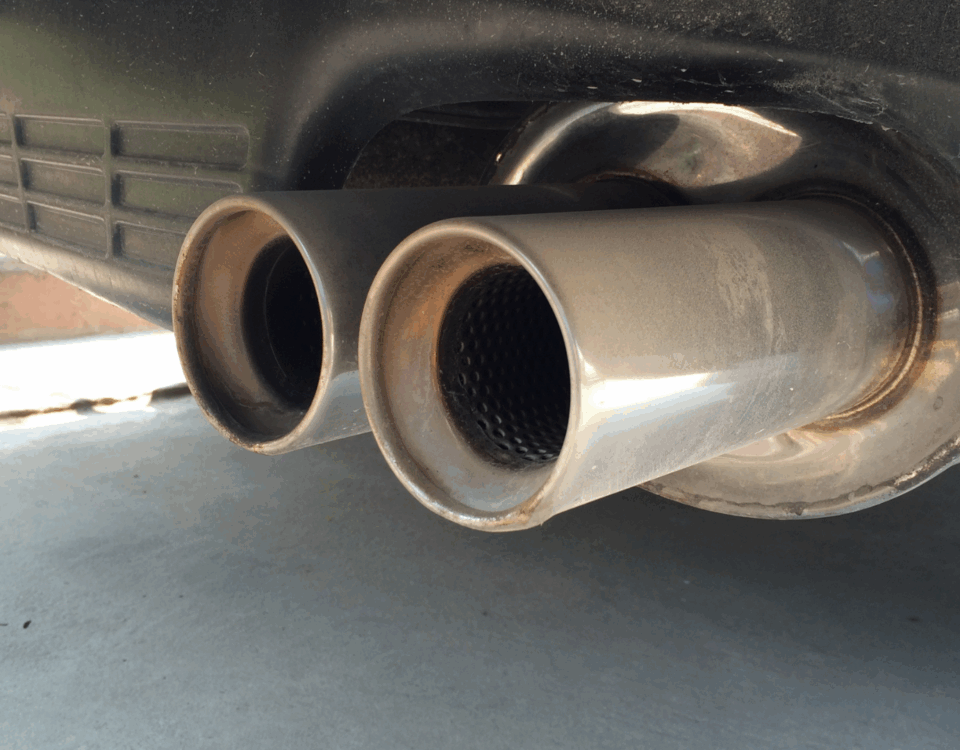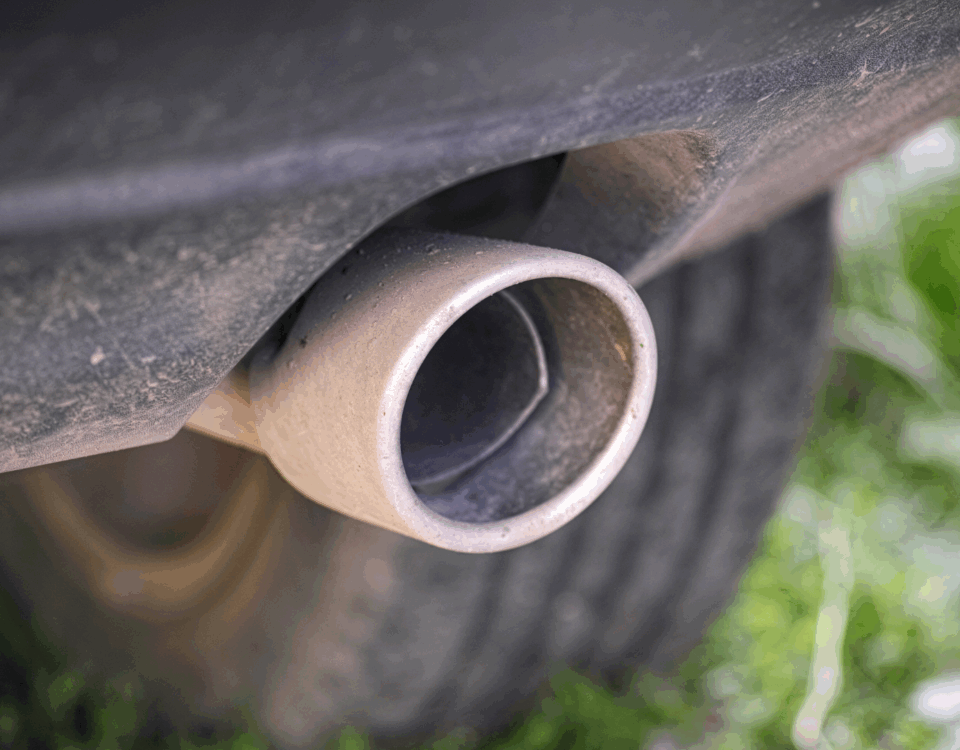
How Smog Inspection Stations Contribute to Vehicle Registration
April 4, 2025
What Happens at a Smog Inspection Station? A Complete Overview
April 9, 2025Vehicle Registration Depends on Smog Compliance
The first step in renewing or obtaining registration is ensuring your car complies with emissions laws. A smog inspection station provides the verification needed to proceed with the registration process. Without a passing certificate, the DMV cannot legally register the vehicle, and your paperwork will be incomplete.
The Smog Inspection Station and Legal Compliance
Visiting a certified smog inspection station is not optional—it is mandated by law in many areas. This regulation ensures that older or poorly maintained vehicles don’t contribute excessive pollutants. A smog inspection station protects both the environment and the integrity of the vehicle registration system.
Timelines and the Importance of Early Inspections
Many vehicle owners wait until the last moment to complete their registration requirements. However, if your vehicle fails at a smog inspection station, repairs and retesting could delay your registration. Scheduling your visit early allows time to fix issues without missing your registration deadline.
Steps to Take After Failing a Smog Inspection Station Test
Failing at a smog inspection station can be frustrating, but it’s not the end of the road. You’ll receive a detailed report outlining the problem. Repairs must be completed before retesting at a smog inspection station. Once passed, your results are sent directly to the DMV for registration approval.
Smog Inspection Stations Make the Process More Efficient
Despite the extra step, a smog inspection station actually simplifies the registration process. Results are usually submitted electronically, speeding up DMV verification. This digital process reduces paperwork, shortens wait times, and ensures your registration moves forward without setbacks. Smog inspection stations keep everything running smoothly.






